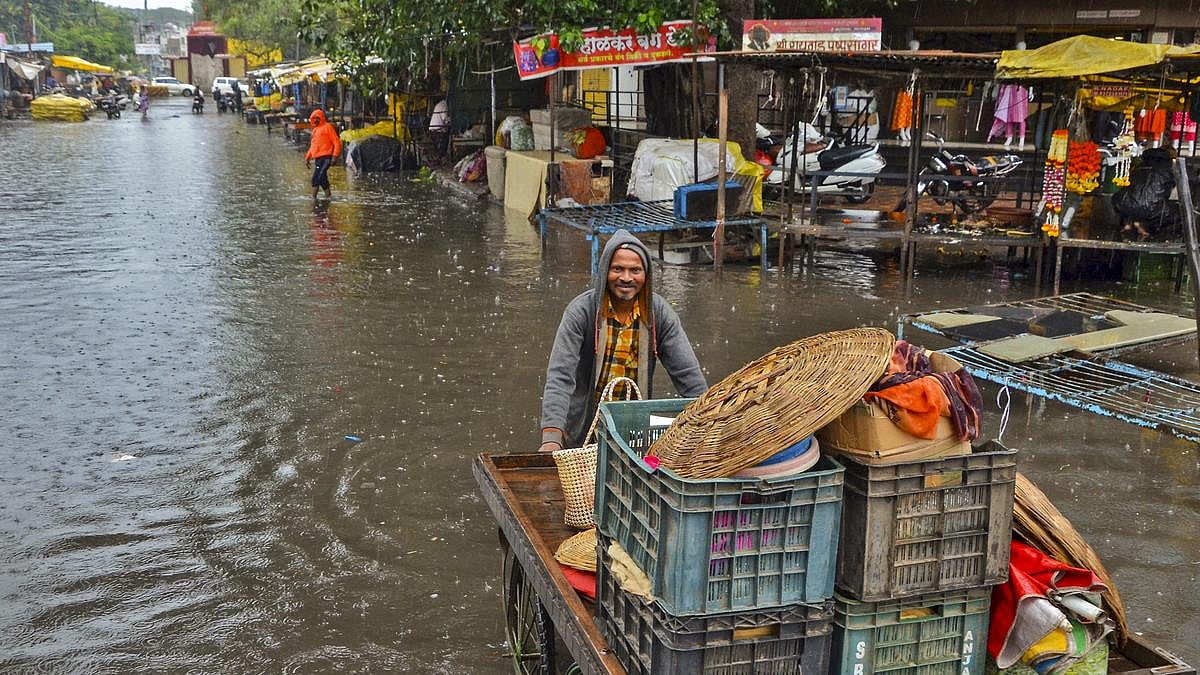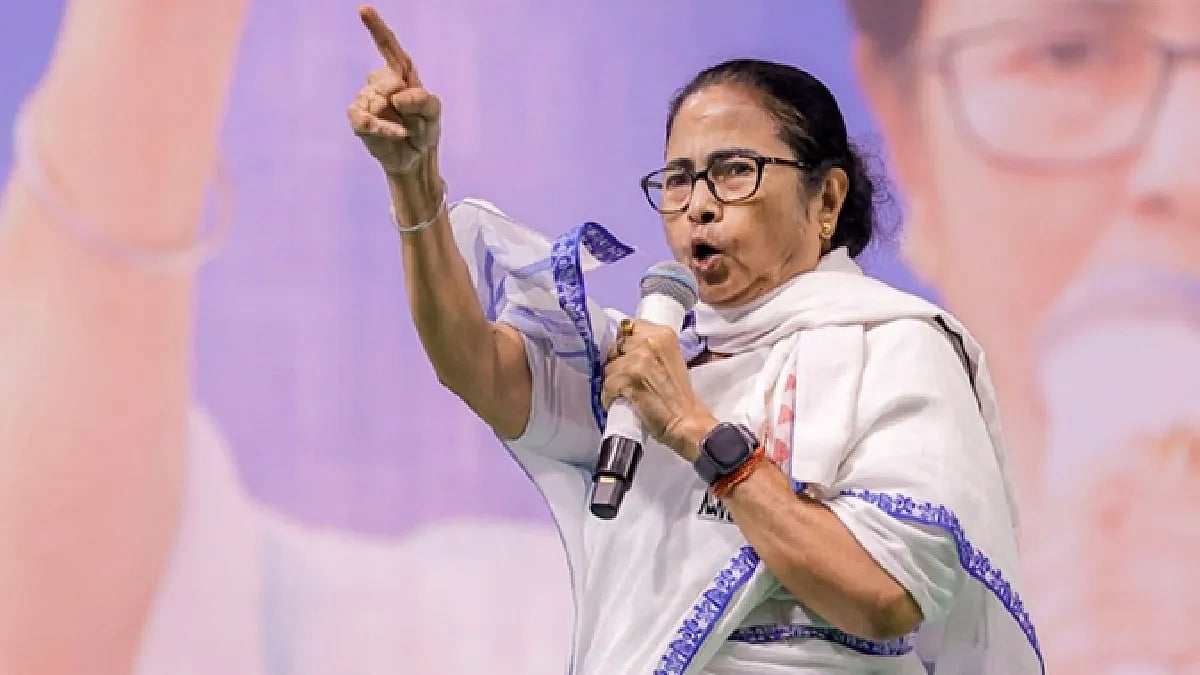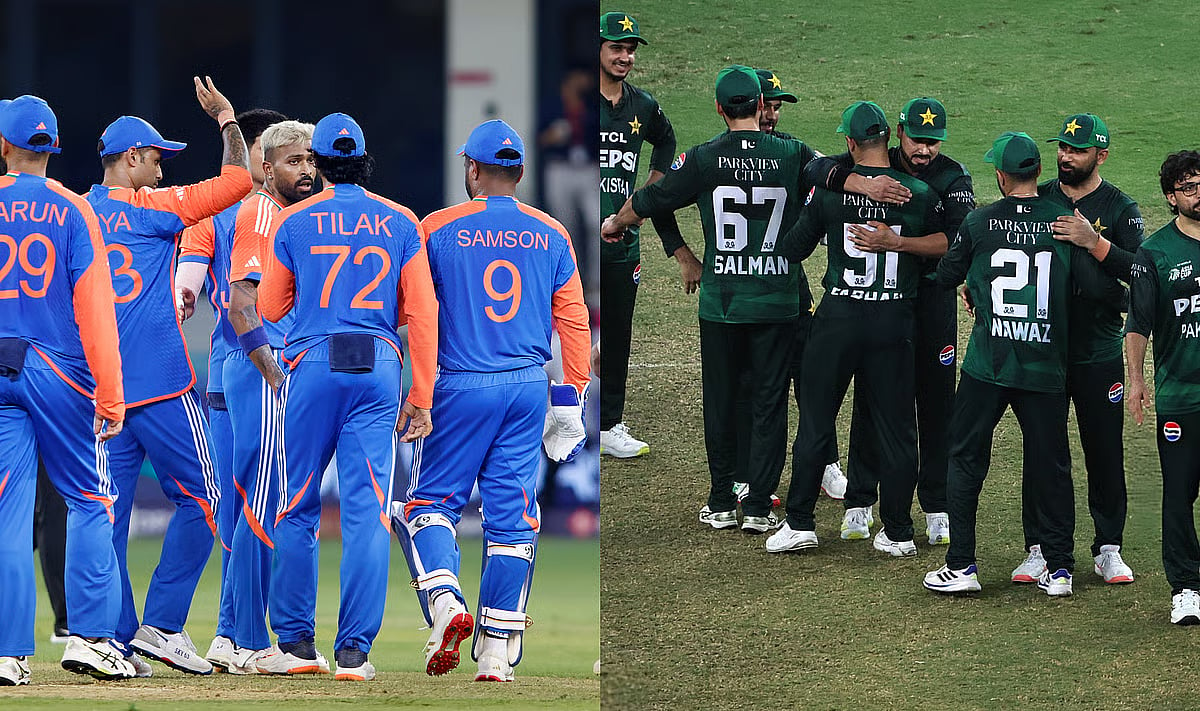An Indian doctor, Dr. Shitij Kapur, the No. 2 at Melbourne University, is leading over a hundred of Australia’s brightest medical scientists, economists and political scientists to chart possible options to recover from the COVID-19 pandemic. He has been charged with thinking through a ‘Roadmap to Recovery’ and executing the same Down Under. Kapur’s team looked at two options – the Elimination of the virus, or the Controlled Adaptation to it. They roundly rejected the idea of letting the virus run unchecked, leading to a “herd immunity”. Instead, they created a strategy, nicknamed, ‘Thrust & Shield’ that has resulted in four of their states getting on track for total Elimination, and the total number of cases in Australia have decreased from a high of 500 a day, to less than 10 currently.
Dr. Kapur is a Chandigarh boy who went onto become an AIIMS topper in the mid-80s. A top PhD from the US, he is one of the most decorated and respected psychiatrists in the world, having headed the Clarks Institute in Toronto and King’s College in London, prior to his current assignment as Dean of the Faculty of Medicine & Assistant Vice Chancellor of The University of Melbourne.
Dr. Kapur’s work in Australia, and the rapid containment, plus decline, of COVID-19 in that country could well provide a simple, doable, executable and enforceable strategy to combat the pandemic in India, too. Dr. Kapur says that data shows that the virus is much less dangerous, by a factor of nearly a 20-100, for those under 50. Three-fourths of India belongs to this group. And they account for more than 80% of its productivity. And it is this segment that earns to feed the young and the old. India under 50 could ‘Thrust’ its way back to work, with necessary precautions on social distancing. No partying, no festivals – just a sober return to work, wearing home-made masks, and practicing pragmatic physical distancing; and symptom based isolation, with testing and tracing where possible.
While allowing this, one would selectively ‘Shield’ the elderly, read all those above 50, the vulnerable ones and those who feel particularly at risk – they should continue to practice social distancing as they are now, and should use face masks and hygiene when interacting with the young. What Dr. Kapur hints at, without overtly stating it is that these 50+ should either work-from-home or stay confined in an office without unnecessary exposure to possible infection. They should remain protected, under ‘Shield’.
Modelling by the London School of Hygiene shows that if the ‘Thrust’ was implemented along with ‘Shielding’ the vulnerable – one could get the benefits of an earlier economic recovery, a sizeable proportion getting immunity over the next many months, and dramatically decrease the number of cases requiring hospitalisation and death – decreasing the number of deaths closer to those incurred from smoking and air pollution every year.
One could well argue (as we always do when new ideas are tabled in this country) that Australia is a small nation on a big continent. Some 26 million people, with great physical distancing across geography, and a well-developed public health and healthcare system. This may have made Elimination possible for Australia with ‘Thrust & Shield’ – but in a country of India’s scale, size and density; with the healthcare system we have for the masses, this is not possible.
My view is if we don’t open our minds to new strategies, possible new ways of looking at the problem of life-and-death confronting us, then all we will do is to keep moving from Lockdown 1.0 to 2.0 to 3.0 to 4.0. All we have done across the country is finally declare zones that are green, orange and red. What we can do, or not do, even in those zones is mostly grey – without much actual clarity. The problem actually is not just the green/orange/red classification but that all the major commercial hubs, especially Mumbai and Delhi, are all shades of dark to very dark red. So are we going to keep the Lockdown going perpetually in these metros? The debate about choosing between ‘lives’ versus ‘livelihood’ has to move to a higher level, sooner or later.
I looked at some data on the COVID-19 situation till last week in Maharashtra.

According to the Maharashtra Public Health Department’s published data till last week, Maharashtra had recorded 608 deaths. Out of these 9.53% were of those below 40 years of age. 17.1% were in the 40-50 years. The balance 75%, or so, were all above 50 years of age. Dr. Kapur feels that if All-India data is gotten, the share of 50+ deaths would be 80-90%, in fact closer to 90%. So, if we ‘Shield’ our older folks, ensure that they stay home or stay confined to the office, the balance populace, the less-at-risk below 50 year olds can go back to work and provide the necessary ‘Thrust’ to the economy and get on with lives and living.
To me, Dr. Kapur’s strategy is intrinsically simple, and uncomplicated. It is also the right balance between lives and livelihood. It has no ifs, no buts. No-half-open-half-close, no odd-evens. No essential, non-essential. The only metric is age. Below 50? Go to work. Above 50? Exercise restraint and precaution. Simple.
I was speaking to a very senior cop friend in Mumbai just the other day. He shared some of the prime FAQs they confronted with every single day:
—“I want to go for a morning walk”: Well, my response would be a straight ‘no’ to all above 50. Whether you live at Malabar Hill or Marine Drive, the answer is ‘no’.
— “I want to go to the temple”. Same answer as above. If above 50, you stay home.
— “When will kids go back to school?”. My answer would actually surprise many. Kids must go back to school right away. Schools must run two, even three, shifts to maintain social distancing. But schools/colleges must start soonest.
— “When will local trains run?” Well, offices should move to flexible timings, starting 7 am. And stagger opening till 12 noon. Also initially get half the staff in. This will ease the rush on the locals. Go full throttle after things start to settle down.
— “When will malls open?” If I could, I would do that right away. No reason to keep them shut. Just ensure health and distancing precautions. But cinema theatres will stay closed till the curve flattens.
Dr. Kapur’s ‘Thrust & Shield’ merits serious consideration. It is, as I have said before, a very simple strategy. Easy to understand. Easy to explain. Easy to put into practice. Easy to monitor. Concentrate resources on what needs to be safeguarded. Let the others get on with life. Save lives. Save livelihoods too. It could well be the better way forward.
This article is the first of a 3-part series.
The writer is a seasoned strategist, and communications expert, who has worked in senior corporate positions for over three decades.










